Introduction
Sequel to our findings the characteristics of the solid waste generated across popular and economically significant cities of Africa, namely Cairo (Egypt), Lagos (Nigeria), Johannesburg (South Africa) and Nairobi (Kenya), and therefore the projected potential income generation for waste investors were carried out. With dense population that stands at 9.12, 8, 4.4 and 3.1 millions in Cairo, Lagos, Johannesburg and Nairobi, respectively, organic/putrescible/biodegradable waste generated is approximately 60% of the entire waste stream, with the smallest amount recorded in Johannesburg (approx. 35%).
Youtube
Matériaux
Outils
Étape 1 - Brainstorming
In this step, we discussed different approaches to building a smart bin capable of sorting waste into different compartments based on the properties of the waste.
Our goal is to create a bin for separating plastic, metal, paper, organic and other kinds of waste.
Étape 2 - Design
In this step, we came up with sketches and 3D designs for the smart bin.
The bin would make use of metal detectors, capacitive sensors (for plastic waste) and infrared sensors for organic waste.
Our design is to use each of these sensors to detect the presence of each kind of waste and then place them in their appropriate compartment.
For our prototype, we only detected metallic waste and made use of a magnet. We designed a simplified bin with 2 compartments (one for metallic waste and the other for other kinds of waste). A magnetic tray sits on top of the bin and waste is placed on it. If the waste is not magnetic, it is placed in one compartment, but if it is magnetic, it sticks to the tray. Then the tray is rotated to the second compartment, is demagnetised and the metallic waste falls into the second compartment.
Étape 3 - Implementation
In this step:
- We implemented the design for the smart bins
- We went out to collect waste
- We recycled some of the waste (plastics) to show new products that can be formed. We created a plastic tray from waste plastic bottle caps. We also created a pipette tube rack.
Étape 4 - Results
Notes et références
Draft
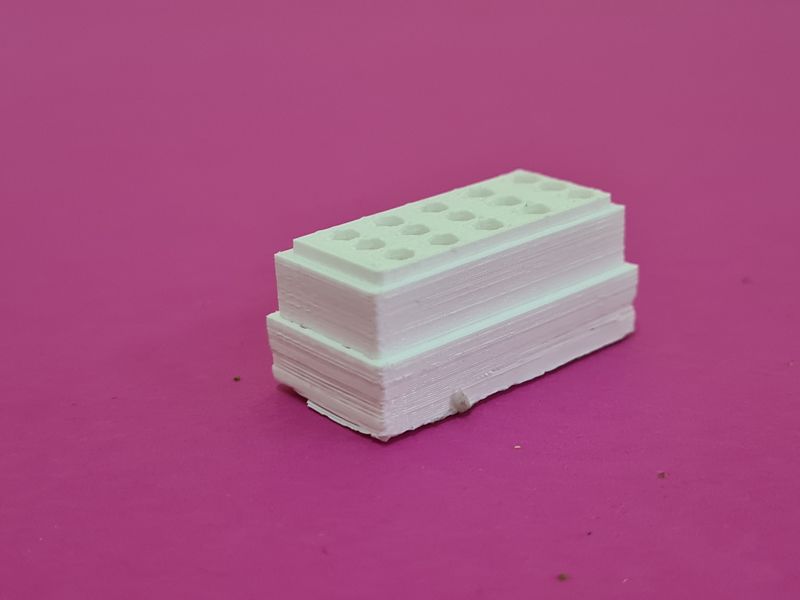
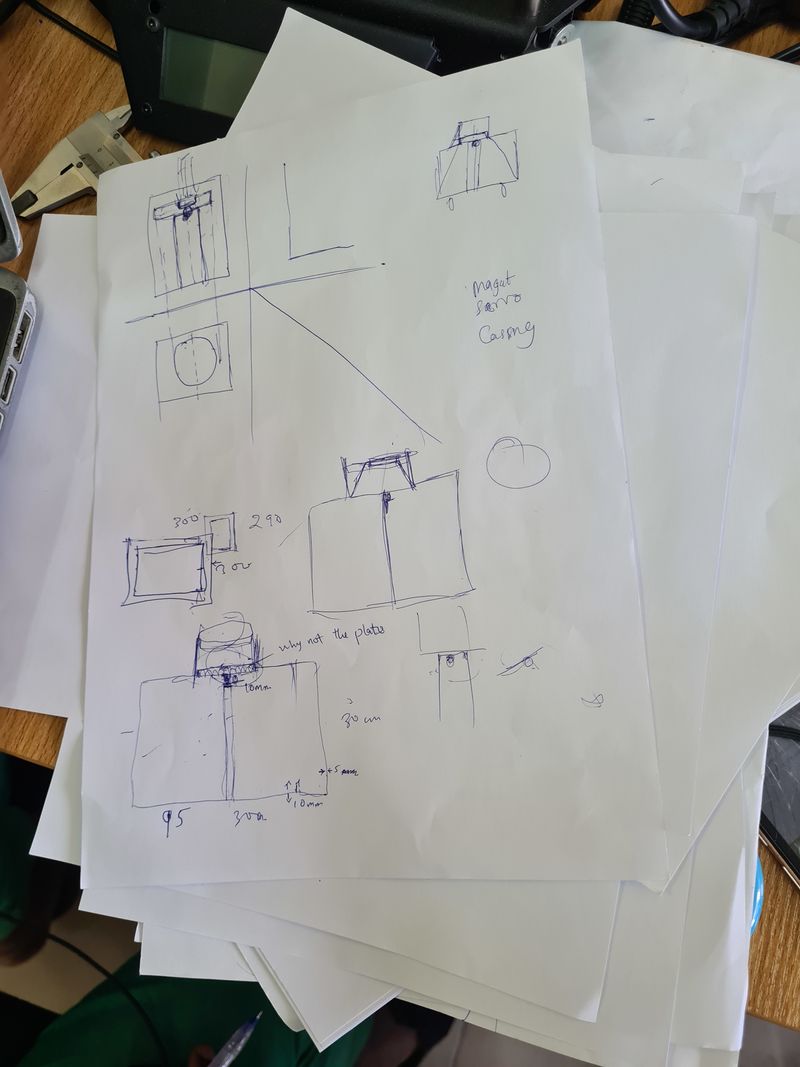
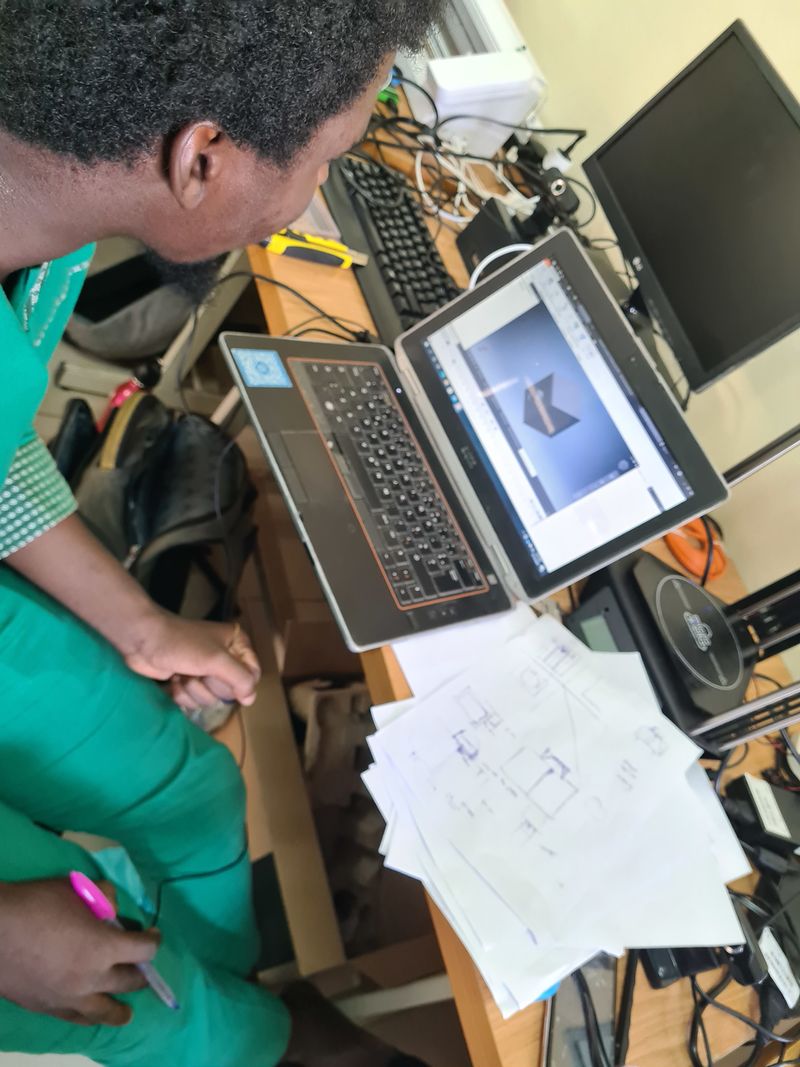
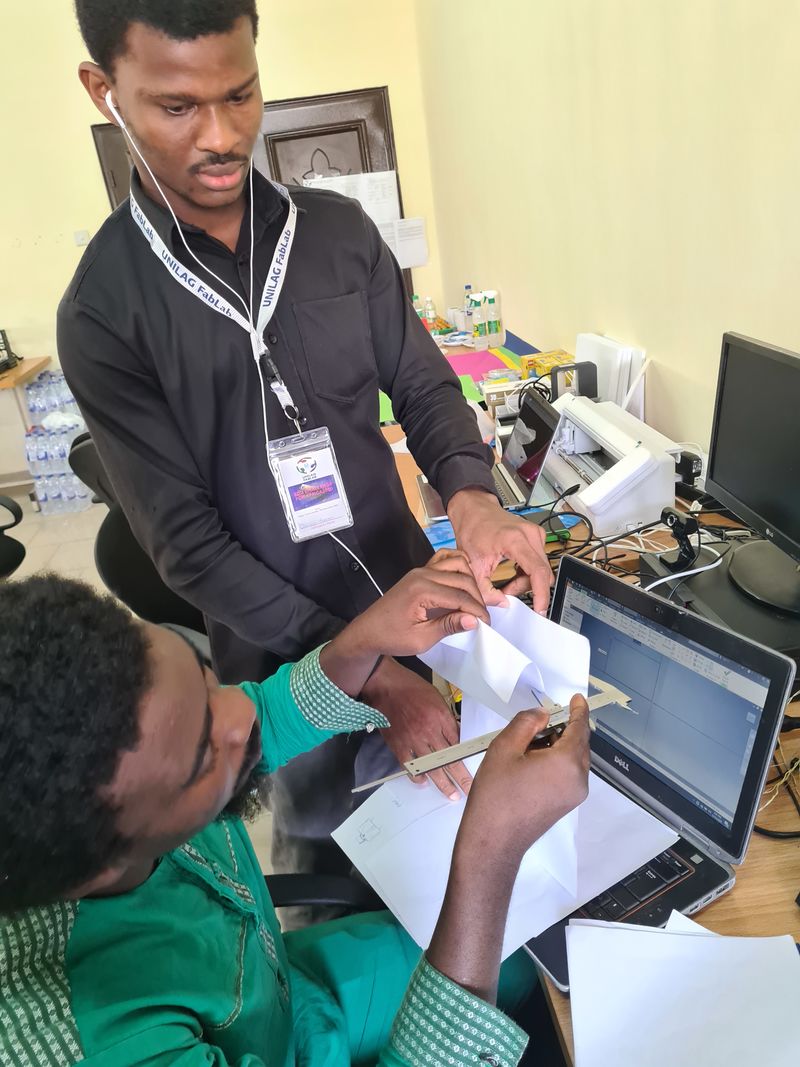
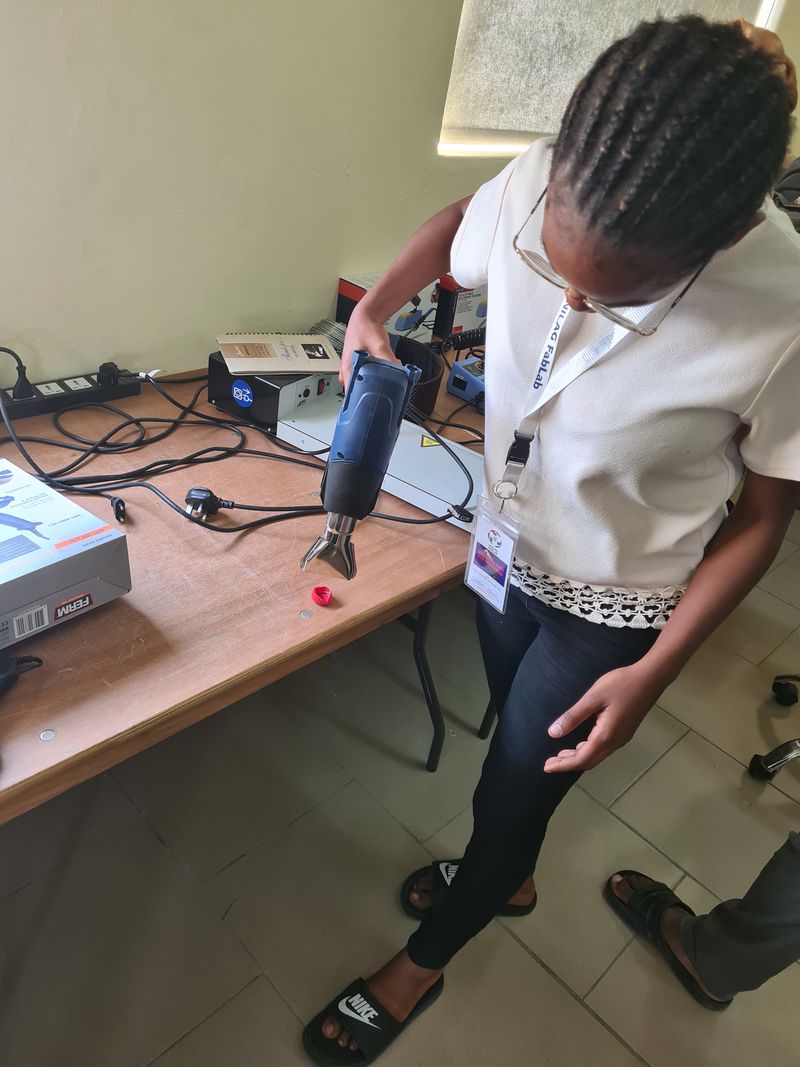
 Français
Français English
English Deutsch
Deutsch Español
Español Italiano
Italiano Português
Português